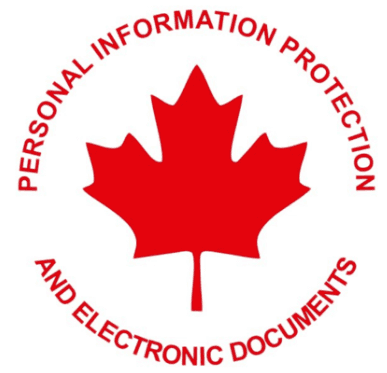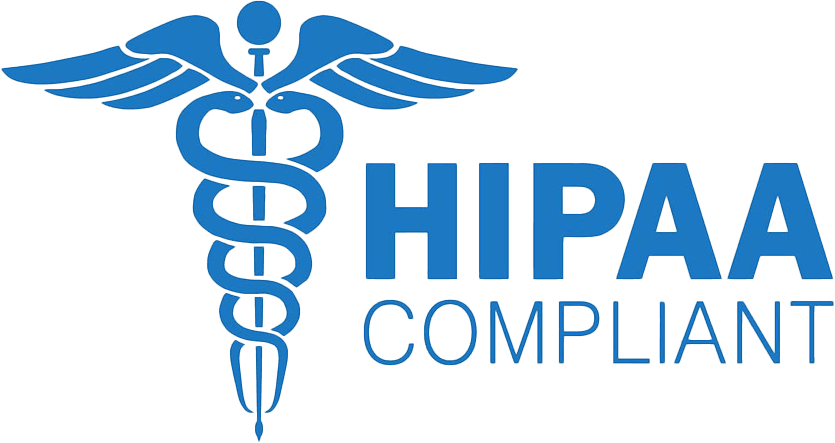Publish Date
2023-07-20
Understanding Invoice Data Capture
Invoice data capture refers to extracting relevant information from invoices, such as vendor details, invoice numbers, line items, quantities, and amounts. It involves capturing this data electronically to streamline accounts payable processes and facilitate accurate financial record-keeping.
The Importance of Streamlined Invoice Processing
Streamlined invoice processing is crucial for businesses to ensure timely payments, maintain healthy vendor relationships, and gain better control over financial operations. By automating invoice data capture, organizations can accelerate invoice processing, reduce errors, and enhance overall efficiency.
Challenges with Manual Invoice Entry
Manual invoice entry is labor-intensive and prone to errors. It often involves repetitive data entry tasks, leading to potential mistakes, delays, and increased costs. Manual processing also limits scalability and inhibits real-time visibility into invoice status, making tracking and managing invoice-related information challenging.
Introducing Automated Invoice Scanning and Data Capture
Automated invoice scanning and data capture solutions utilize advanced technologies, such as OCR and machine learning, to extract invoice data accurately and efficiently. These solutions eliminate the need for manual data entry, saving time, reducing errors, and enabling streamlined accounts payable workflows.
Key Features and Capabilities
Automated invoice data capture solutions offer a range of features, including automated document classification, OCR-based data extraction, validation and verification mechanisms, and integration with accounting systems. These capabilities ensure reliable and consistent data capture, enabling organizations to streamline invoice processing operations.
Benefits of Automated Invoice Data Capture
Automated invoice data capture brings numerous benefits to organizations. It improves data accuracy by minimizing manual errors, reduces processing times, enhances productivity, and provides real-time visibility into invoice statuses. Organizations can achieve cost savings, optimize resource allocation, and improve vendor relationships by adopting automated solutions.
How Automated Invoice Scanning Works
Optical Character Recognition (OCR) technology is pivotal in automated invoice scanning. OCR algorithms analyze scanned or digital invoice images, identify text and numeric characters, and convert them into machine-readable data. This enables automated data extraction from invoices.
Data Extraction from Scanned Invoices
After scanning the invoices, automated data capture solutions employ sophisticated algorithms to extract specific fields such as invoice numbers, dates, line item details, quantities, and amounts. These algorithms are trained to recognize patterns and structures commonly found in invoices, allowing for the accurate extraction of relevant information.
Validation and Verification of Extracted Data
Automated invoice data capture solutions include validation and verification mechanisms to ensure the accuracy and reliability of the extracted data. These mechanisms validate extracted data against predefined rules, perform cross-referencing with existing databases, and flag any discrepancies or exceptions for further review and resolution.
Improving Accuracy and Efficiency with Automated Invoice Data Capture
Automated invoice data capture significantly reduces the risk of human errors by eliminating manual data entry. The advanced recognition algorithms and validation processes of automated solutions ensure consistent and accurate extraction of invoice data, resulting in reliable financial records and minimizing the need for error correction.
Accelerating Invoice Processing Times
Automated invoice data capture drastically reduces the time required to process invoices. Instead of manually entering data, employees can focus on exception handling and reviewing the extracted information. This leads to faster invoice turnaround times, improved cash flow management, and enhanced vendor satisfaction.
Streamlining Accounts Payable Workflows
Automated invoice data capture streamlines the accounts payable workflow. The extracted data seamlessly integrates with accounting systems, eliminating the need for manual data transfer and reducing administrative burdens. With automated workflows, organizations can enforce approval processes, track payment statuses, and generate reports more efficiently.
Choosing the Right Automated Invoice Data Capture Solution
Before selecting an automated invoice data capture solution, assess your organization's specific needs and goals. Consider invoice volume, complexity, integration requirements, and scalability. Understanding your requirements ensures you choose a solution that aligns with your business objectives.
Evaluating OCR and Data Extraction Capabilities
Evaluate potential solutions' OCR and data extraction capabilities. Look for solutions that offer high accuracy rates, robust OCR technology, and the ability to handle various invoice formats and languages. Additionally, consider the solution's capability to extract specific invoice fields relevant to your organization.
Integration with Existing Systems and Workflows
Ensure the chosen automated invoice data capture solution seamlessly integrates with your existing systems and workflows. Compatibility with your accounting software and the ability to transfer data without manual intervention is essential. Smooth integration enhances efficiency, reduces errors, and avoids disruptions to established processes.
Implementing Automated Invoice Scanning and Data Capture
Properly prepare invoices by removing any staples, ensuring good image quality, and consistently organizing invoices. Clearing potential obstacles and maintaining document consistency optimize the scanning process and enhance data extraction accuracy.
Configuring and Training the Data Capture Solution
Configure the automated invoice data capture solution to match your specific document types and capture requirements. Train the solution using a representative set of sample invoices to fine-tune the extraction algorithms and improve accuracy. Regularly review and update the configuration to accommodate changes in invoice formats or layouts.
Ensuring Data Security and Privacy
Implement robust data security measures to protect sensitive invoice information. This includes encrypting data at rest and in transit, implementing access controls and permissions, and adhering to data privacy regulations. Data security measures safeguard confidential vendor details and financial information.
Validating and Verifying Extracted Invoice Data
Define validation rules and checks to ensure the accuracy and integrity of the extracted invoice data. These rules can include verifying invoice totals, matching vendor information with existing records, and validating data against predefined business rules. Implementing validation processes minimizes errors and ensures reliable data for downstream processes.
Resolving Discrepancies and Exceptions
Inevitably, some invoices may contain discrepancies or exceptions that require manual review and resolution. Implement processes to handle these cases efficiently, including exception queues, automated notifications, and escalation procedures. Timely resolution of discrepancies ensures the accuracy and integrity of invoice data.
Establishing Quality Control Measures
Establish quality control measures to monitor and maintain the performance of the automated invoice data capture solution. Review extracted data for accuracy, conduct periodic audits, and analyze error rates. Continuously refine the system's configuration and improve the accuracy of data extraction through ongoing quality control efforts.
Conclusion
In conclusion, automated invoice data capture is a powerful tool that can significantly enhance invoice processing, improve data accuracy, and streamline accounts payable workflows. By leveraging OCR technology, machine learning, and AI, businesses can automate data extraction from invoices, reduce manual errors, and gain real-time visibility into invoice status. Choosing the right solution requires an understanding of your business needs and goals, as well as careful evaluation of the solution's capabilities and compatibility with your existing systems and workflows. With the right implementation and ongoing quality control, automated invoice data capture can lead to cost savings, improved vendor relationships, and better financial decision-making.
Start Automating with Wrk
Kickstart your automation journey with the Wrk all-in-one automation platform







